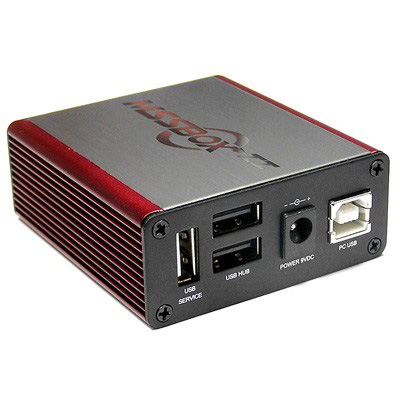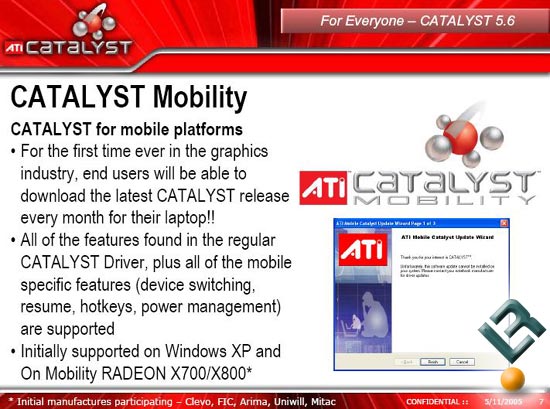OEM Drivers (Original Equipment Manufacturer) are proprietary pieces of software that interface a physical piece of hardware device (keyboard, mouse, sound, graphics etc.) with a host Operating System (OS) such as Windows, Mac OS or Linux.
Welcome to one of the largest China B2B marketplace. This mini led driver company list contains a wide range of mini led driver factories serving all industries. This trusted vertical directory contains premier China suppliers/vendors, trading companies, custom manufacturers (OEM/ODM) and plants. The concept of ODM and OEM are based upon the electronics industry and their manufacturing. I’ll tell you a fictional story to explain in an easy way: OEM (Original Equipment Manufacturer) Apple - Hey OEM, make an iPhone for me.
Our Mission
We started OEMDrivers.com for the preservation of rare device drivers and also current device drivers that may become harder to find for future generations. Another reason is to make sure less computers are put in landfill, as without these drivers many pieces of older hardware are rendered useless.
This site is built by technicians for technicians, having said that everyone is welcome to try do their own diagnostics and fix their own computer problems.
No Malware, Just Drivers.
Too often when looking for drivers for a particular piece of hardware we have found ourselves having to avoid the tricks and traps that other driver websites use to try to install malware and other fake diagnostic/ driver detection tools often requiring you to put in credit card information to get rid of the software.
OEM Drivers is a no fuss, one stop place where you can get access the drivers you need. If there is a driver that you can’t find on our site, we will find it for you. Please contact us on our Telegram or facebook page to get us searching for the driver you need.
OEM and ODM are two acronyms you probably have come across as an importer. When you decide to outsource production to China, you first have to find a local contract manufacturer (CM) that can make the product for you. You should decide to either work with an Original Equipment Manufacturer (OEM) or an Original Design Manufacturer (ODM).
But, what exactly is the difference between an OEM & ODM? And what are the advantages and disadvantages? Let’s dive into these in more detail.
What is OEM?
Original Equipment Manufacturing is a form of outsourced-manufacturing, or contract manufacturing. OEM simply means that a factory is willing and capable of manufacturing products according to your unique designs and specifications.
Now you might think you need an OEM factory for even the slightest degree of customization. But this is not the case. In general, you could say that you are dealing with an OEM product if you need to make new tooling (i.e. injection molds) before you can start production.
Typically, before you can let an OEM manufacture your product, you first need to do your own research and development (R&D). This includes market research, design and engineering (i.e. for moving or electrical parts).
So let’s say you have been working on a great idea for SMART-glasses that, besides helping you to see better, also display incoming text-messages, the news and the dimensions of any object you observe.
You are an engineer yourself and have hired a design-house to create a beautiful design for the glasses. In addition, you have ran a successful campaign on Kickstarter. The campaign has proven that there is enough demand for your product, and you have raised the USD $200,000 you need to bring the smart-glasses into production.
The only thing that you need now is somebody who can take care of the production. As you already have designs and have defined a clear [product specification sheet], you are ready to go to an OEM factory. Using the documentation you provide, the OEM will handle all the manufacturing on your behalf.
Drivers Odm Manufacturers
This fictive conversation might make it easier to understand:
As the story illustrates, the OEM’s main responsibility is the manufacturing process. This means that the OEM will setup the production and/or assembly lines, to make sure it can deliver large volumes of your product in time, on quality and at costs.
OEM: advantages
- The biggest advantage of OEM is that you have complete control over your Intellectual Property (IP). Because you have done all the R&D yourself, all IP rights belong to you. This gives you a better bargaining position and makes it easier to switch to other suppliers if needed. However, always protect your IP well. The last thing you want is that your unique designs and specifications are stolen by copycats.
- Because you have a detailed package of designs & specifications, it is easy to get quotes from manufacturers.

Drivers Odm Manufacturer
For smaller businesses, the main disadvantage of working with an OEM is that you need to provide the manufacturer with complete and accurate designs and specifications.
Not all companies have in-house resources to produce these. And they might not be in the financial position to hire third-parties. For them, a ODM could be a good alternative.

What is ODM?
Original Design Manufacturing is another form of contract manufacturing. In contrast with OEM, the service scope of ODM is somewhat broader. Whereas OEMs are solely responsible for the manufacturing process, ODMs also provide product development services and sometimes even whole product lifecycle services. The exact service scope varies per ODM and depends on the ODM’s capabilities.
So let’s say you have a great idea for a mobile phone. You’ve done market research and found an opportunity to sell low-priced phones of decent quality in India.
You have come up with some features you want your phone to have, but you don’t have any technical drawings and specifications. You just want a phone that meets your requirements.
For this you might want to go to an ODM. An ODM will help you to create new designs and specifications based on the idea you provide. Or it could be that the ODM already has its own product lines, and you can customize one of their existing products.
In both cases, the ODM will take care of the manufacturing of the product. You can even get the products branded with your own name. So it will seem like you have manufactured them yourself.
This fictive conversation might make it easier to understand:
ODM: advantages
- You don’t need to make large, upfront investments as the product development taken care of by the ODM and you don’t need to pay for all the tooling.
- You don’t need to have technical resources, that can provide detailed designs & specifications. The ODM will take care of this.
Because of these advantages, ODM is popular among many Amazon FBA sellers. However, it also has multiple drawbacks.
The most important factor to consider is intellectual property. With ODM, you don’t own the IP rights of the product, which puts you in an unfavorable position during contractual negotiations.
For example, the ODM could demand a minimum volume of sales, or ask a slightly higher price per product. Moreover, it could be that the ODM’s product is actually the IP of another company. In the worst case, this could get you involved in a million dollar lawsuit.
This is a something you definitely do not want to risk. Therefore, careful and thorough due diligence is an absolute must when working with an ODM.
Comparison of OEM vs ODM

As I explained before, the main difference between OEM and ODM lies in their approach to product development. This has obvious implication for you as an importer, because there are significant differences in lead time, costs and IP ownership.
A comparison between OEM & ODM is presented in the image below:
Conclusion
OEM and ODM are two popular ways of contract manufacturing. The main difference between the two is their approach to product development.
An OEM’s primary responsibility is to manufacture the goods according to your designs and specifications. Therefore, all prior research and product development should be done by you, the client. This can take up months and goes with significant costs for design, engineering and tooling.
When working with an ODM, this all is taken care of. As a result, product development cycles are much shorter, which can save you tons of money. However, in contrast with OEM, you don’t own the IP and are bound to the products and customization options the ODM can provide.
Whether working on an OEM or ODM basis is best for you, really depends on your product, market and goals. We typically advice to work with OEMs. Because in most cases, the lower costs associated with ODM cannot out-weight the benefits of owning the IP of the product you are selling.
Did you like this article? Please help us by sharing it with your social network. Thanks!
